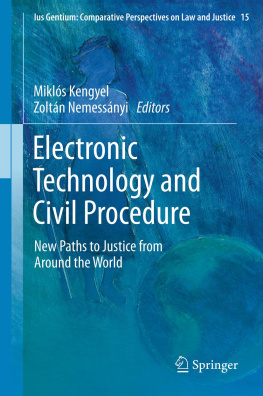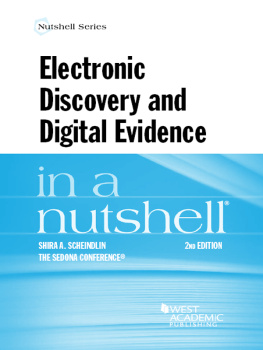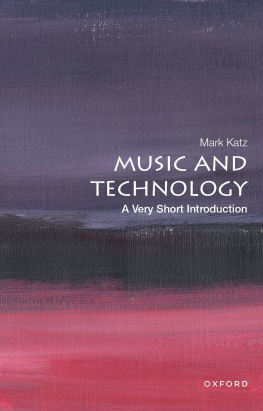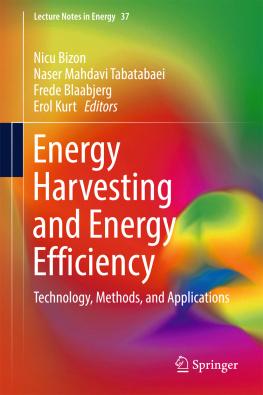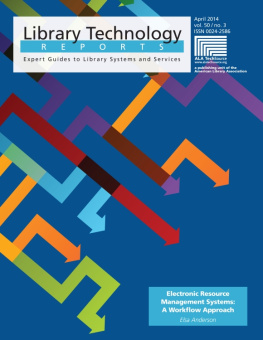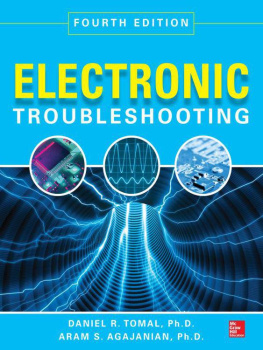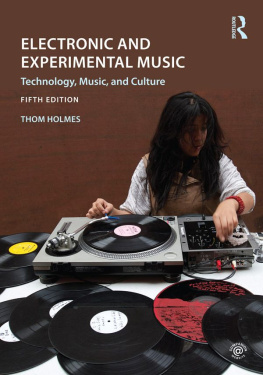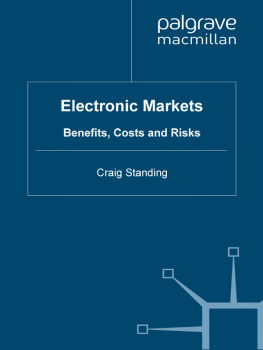Miklós Kengyel - Electronic Technology and Civil Procedure: New Paths to Justice from Around the World
Here you can read online Miklós Kengyel - Electronic Technology and Civil Procedure: New Paths to Justice from Around the World full text of the book (entire story) in english for free. Download pdf and epub, get meaning, cover and reviews about this ebook. year: 2012, publisher: Springer, genre: Politics. Description of the work, (preface) as well as reviews are available. Best literature library LitArk.com created for fans of good reading and offers a wide selection of genres:
Romance novel
Science fiction
Adventure
Detective
Science
History
Home and family
Prose
Art
Politics
Computer
Non-fiction
Religion
Business
Children
Humor
Choose a favorite category and find really read worthwhile books. Enjoy immersion in the world of imagination, feel the emotions of the characters or learn something new for yourself, make an fascinating discovery.
- Book:Electronic Technology and Civil Procedure: New Paths to Justice from Around the World
- Author:
- Publisher:Springer
- Genre:
- Year:2012
- Rating:5 / 5
- Favourites:Add to favourites
- Your mark:
Electronic Technology and Civil Procedure: New Paths to Justice from Around the World: summary, description and annotation
We offer to read an annotation, description, summary or preface (depends on what the author of the book "Electronic Technology and Civil Procedure: New Paths to Justice from Around the World" wrote himself). If you haven't found the necessary information about the book — write in the comments, we will try to find it.
The effect of modern and communication technology on civil procedure first appeared on the agenda of the conference organized by the International Association of Procedural Law in 1999, verifying Lord Woolfs statement from the 90s, that IT will not only assist in streamlining and improving our existing systems and process; it is also likely, in due course, itself to be catalyst for radical change as well....
At the conference in Pecs in the autumn of 2010 participants from three continents and twenty-five countries examined all aspects of the impact of modern information technology on civil procedure beginning with the electronic submission of the application, ranging from electronic service of documents and electronic means of proof supported by modern information technology. In addition to the practical issues they discussed the possible impact of electronic procedures on traditional principles of civil procedure. The conference book contains seven main reports and eleven correferates, the foreword was written by Prof. Peter Gottwald, the President of the International Association of Procedural Law.
Miklós Kengyel: author's other books
Who wrote Electronic Technology and Civil Procedure: New Paths to Justice from Around the World? Find out the surname, the name of the author of the book and a list of all author's works by series.

